Photographing senior dogs is one of the most meaningful parts of what I do. These sessions are never rushed, never staged—they’re about honouring a life well lived and capturing the quiet, soulful beauty that older dogs naturally carry. Every grey muzzle and gentle wag tells a story, and my role is to preserve that story with care, patience, and heart. Here’s a deeper look into how I approach photo sessions with senior dogs.
1. Comfort comes first
Before I even pick up the camera, I make sure the dog is comfortable and at ease. That might mean setting up in a shady spot under their favourite tree or simply letting them settle on their well-worn bed inside the house. I let them lead the pace and take as many breaks as they need. Whether we’re at home or in a quiet outdoor location, I choose flat, easy-to-navigate spaces and avoid anything that could make them feel overwhelmed or unsure. The more relaxed they are, the more genuine the photos become.
2. Patience makes all the difference
Senior dogs move through the world a little more slowly—and that’s something I deeply respect. I never rush a session. Instead, I take the time to let the dog warm up to me and my camera. Sometimes that means sitting quietly with them for a few minutes, or waiting while they wander, sniff, or simply take a break. I treat the session like a calm afternoon visit, not a performance. When I slow down, the most beautiful moments unfold naturally.
3. I focus on the eyes
There’s something truly powerful about the eyes of an older dog. They hold wisdom, love, and often a touch of mischief that never fades with age. I always aim to bring their eyes into sharp focus, whether they’re gazing up at their person or off into the distance. To help capture that soulful connection, I use familiar trigger words like “walkies” or “treat,” or I’ll gently squeak a toy or make soft noises to catch their attention. The goal isn’t to get them to pose perfectly—it’s to capture that one heartfelt glance that says everything.
4. Simple settings let their story shine
When photographing senior dogs, I keep the background clean and distraction-free. Whether I’m working indoors or outside, I use natural backdrops that don’t pull attention away from the dog. I might shoot in front of a hedge, a soft patch of greenery, or against a simple wall or blanket. When possible, I create a blurry background by placing the dog at a distance from what’s behind them, helping their features stand out in sharp, beautiful focus.
5. I capture their quirks and character
Older dogs often develop the most endearing little habits—maybe it’s a slow tail wag when you say their name, a unique way they sit, or the way their ears perk at the sound of a rustling treat bag. These quirks are what make them who they are. During the session, I pay close attention to these small behaviours and aim to capture them just as they happen. It’s not about perfection—it’s about authenticity.
6. Favourite toys are always welcome
I always encourage pet parents to bring along any toys, blankets, or objects their dog loves. These familiar items can help create a sense of comfort and often prompt genuine reactions—whether that’s a playful moment or a relaxed cuddle. They also become part of the visual story, preserving the memory of what that dog loved most. Years from now, seeing a beloved toy in a photo can bring back all the feelings attached to it.
7. Their everyday moments matter
Some of the most touching photos I’ve taken are of the simple, everyday things: a dog napping in their favourite spot, looking out the window, or padding gently down a familiar path. These quiet moments often say more than a posed portrait ever could. If we’re photographing at home, I love incorporating pieces of their daily routine into the session. It’s not just about what they look like—it’s about how they live and the little rituals that shape their days.
8. I adapt to their needs
Every senior dog is different. Some might be spry and mobile, while others may have arthritis, joint pain, or mobility issues. I always speak with the owner ahead of time to understand any limitations and make adjustments accordingly. That might mean using ramps, avoiding stairs, or choosing a shorter session length. I never ask a dog to do anything that could cause discomfort. Their wellbeing is always my number one priority.
9. Including the people and pets they love
If a senior dog has furry siblings or close family members, I love including them in the session. Often the most meaningful images are of a dog nestled into the lap of their person, resting their head on a sibling’s back, or simply surrounded by the people who love them most. I avoid stiff posing and instead guide families to simply cuddle, pat, and be present with their dog. The emotion in these moments is raw and real—and that’s exactly what I aim to capture.
10. I believe in printing their legacy
The digital age is wonderful, but nothing compares to holding a printed photo in your hands. When a beloved senior dog eventually leaves us, the photos become more than just images—they become a legacy. I always encourage families to print their favourites, whether that’s in the form of an album, a framed print, or an acrylic block for the shelf. These aren’t just photos. They’re memories made tangible, and a way to keep your dog close long after they’re gone.
Photographing senior dogs is never just about the photos, it’s about preserving a legacy, celebrating a bond and creating space to slow down and be present with the dogs who’ve walked beside us for so many years. These sessions are tender, heartfelt and filled with quiet moments that matter. Whether your dog is still sprightly or beginning to slow down, now is a beautiful time to capture who they are before the routine of everyday life shifts into memory.
If your heart is telling you it's time, I would be honoured to help you preserve the love you share with your senior dog. Let’s create something meaningful together, images that celebrate their life and your story.


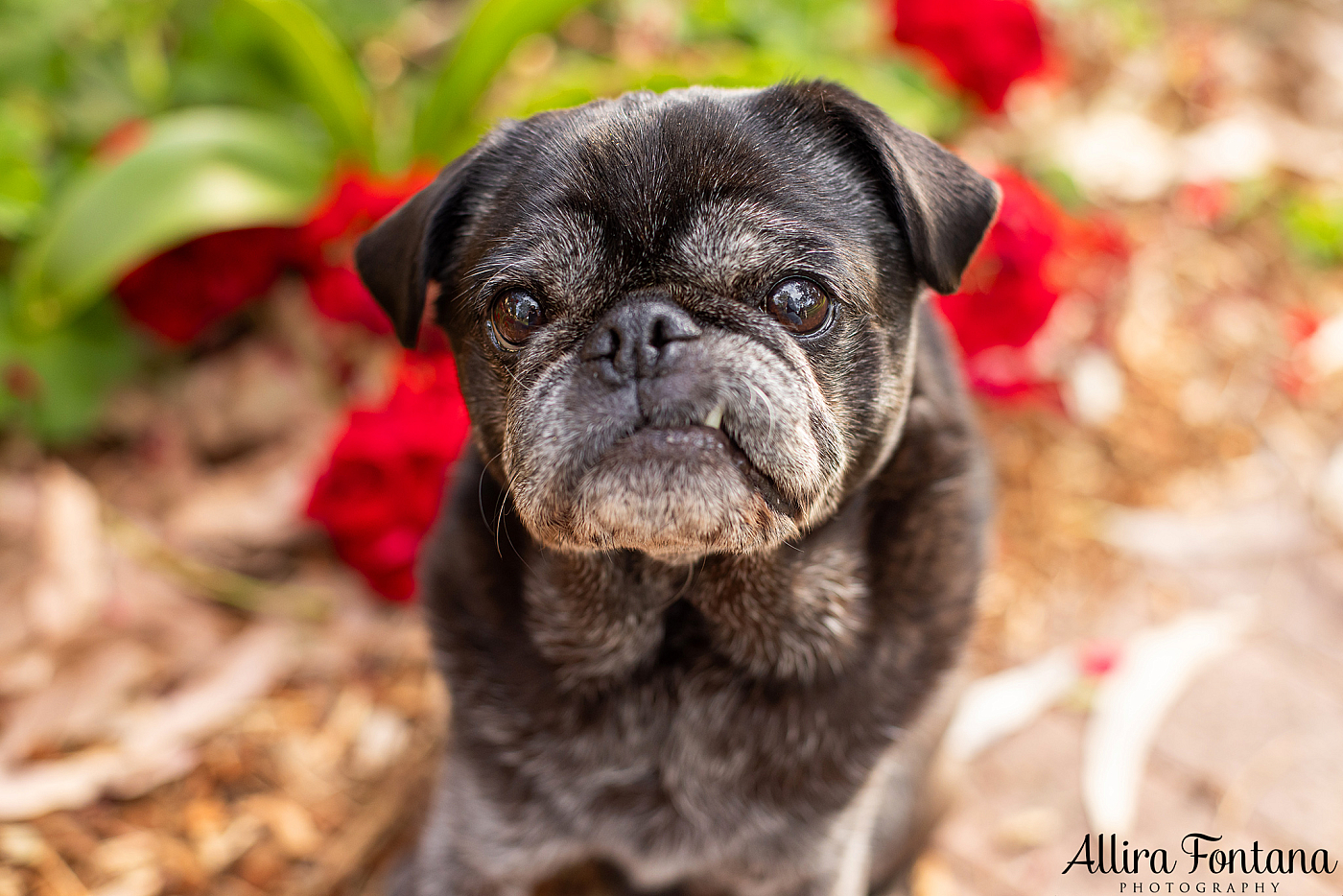
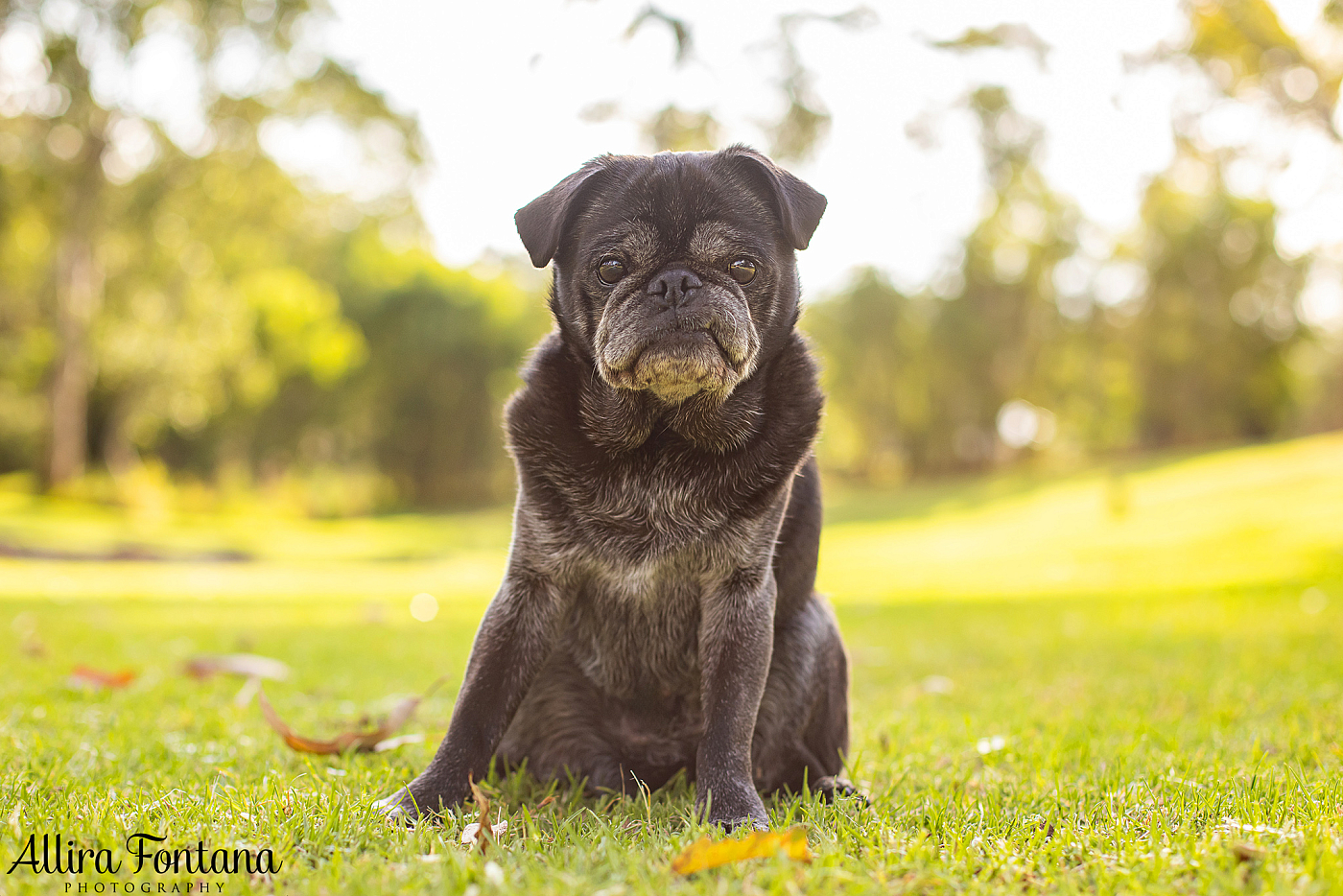
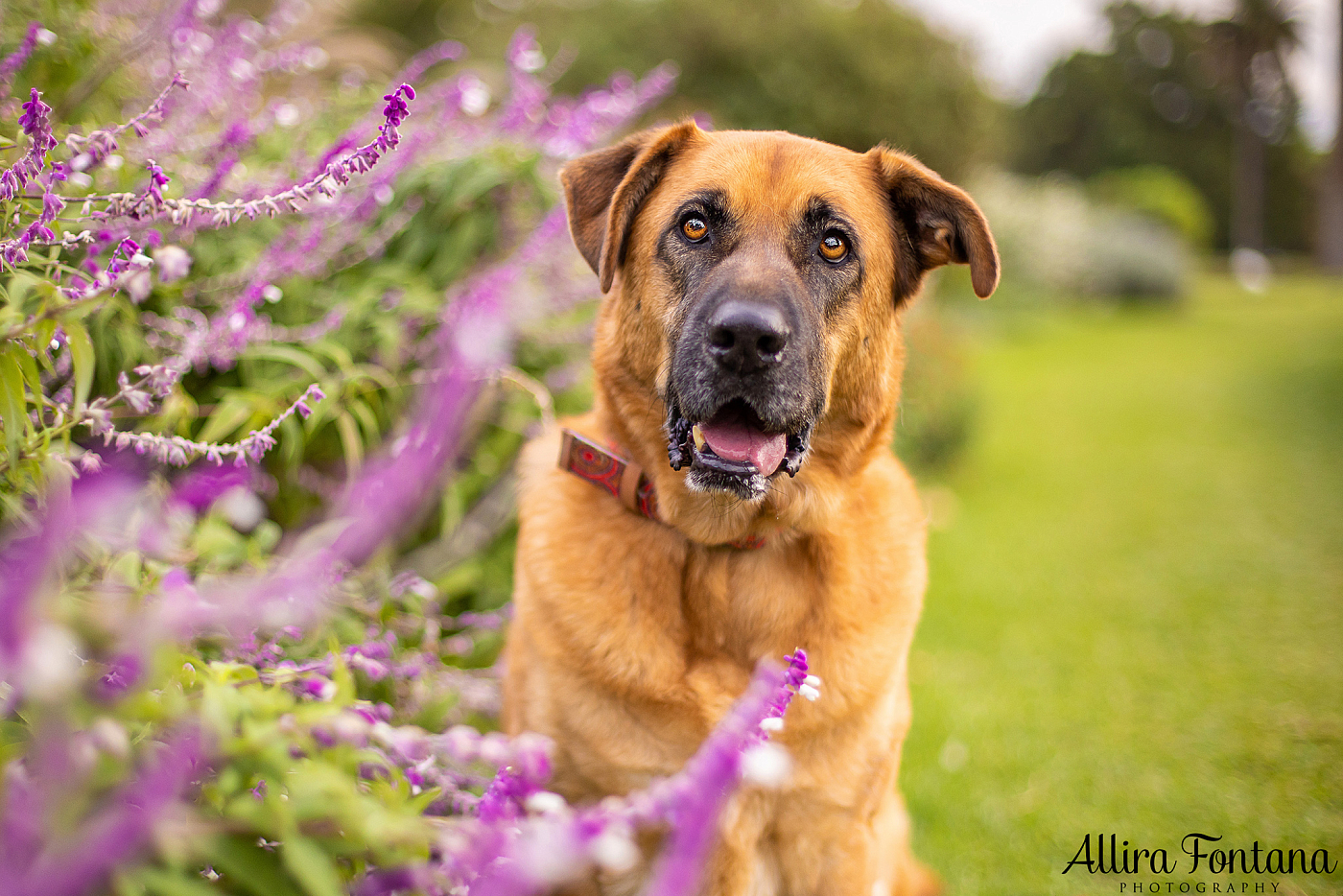
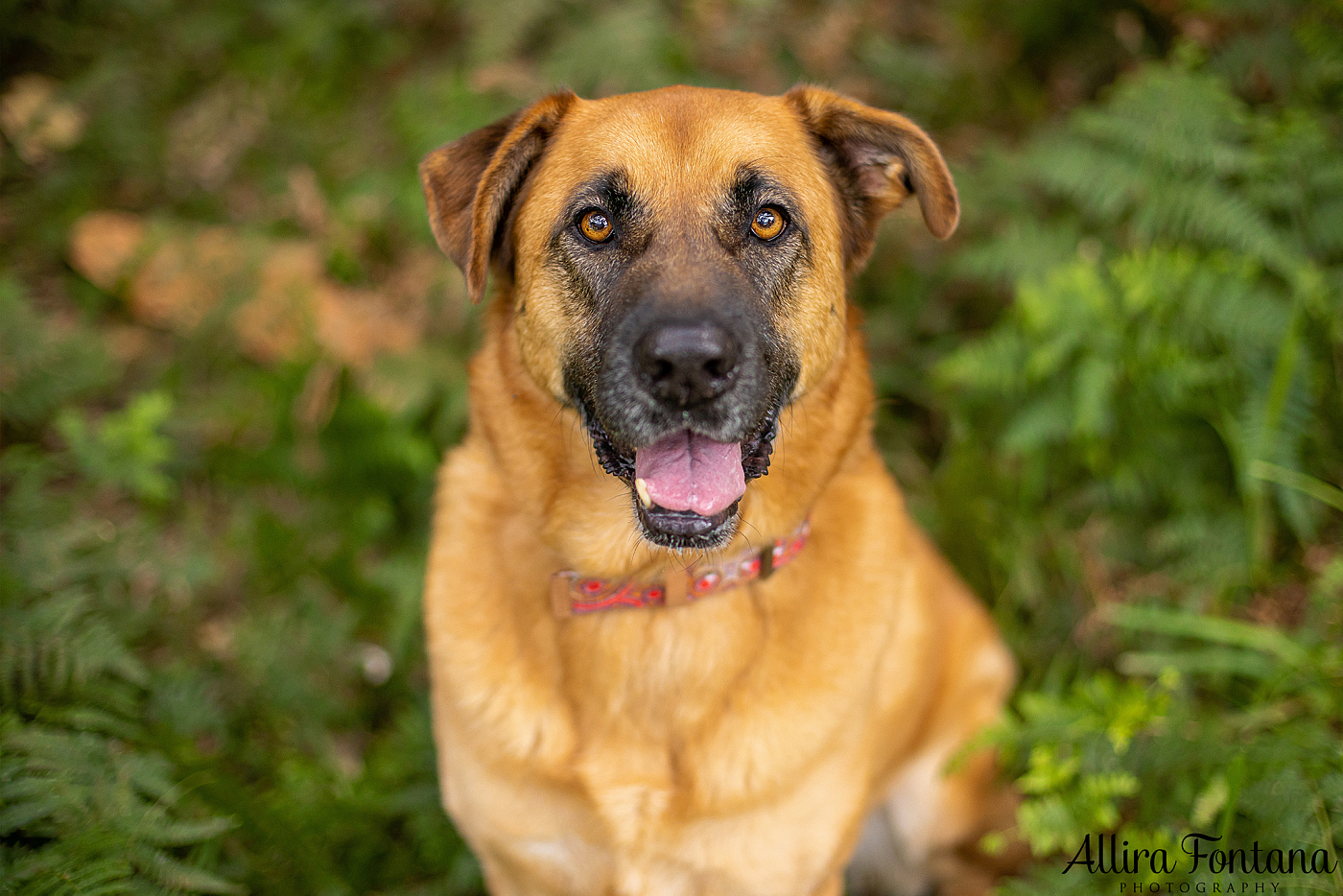
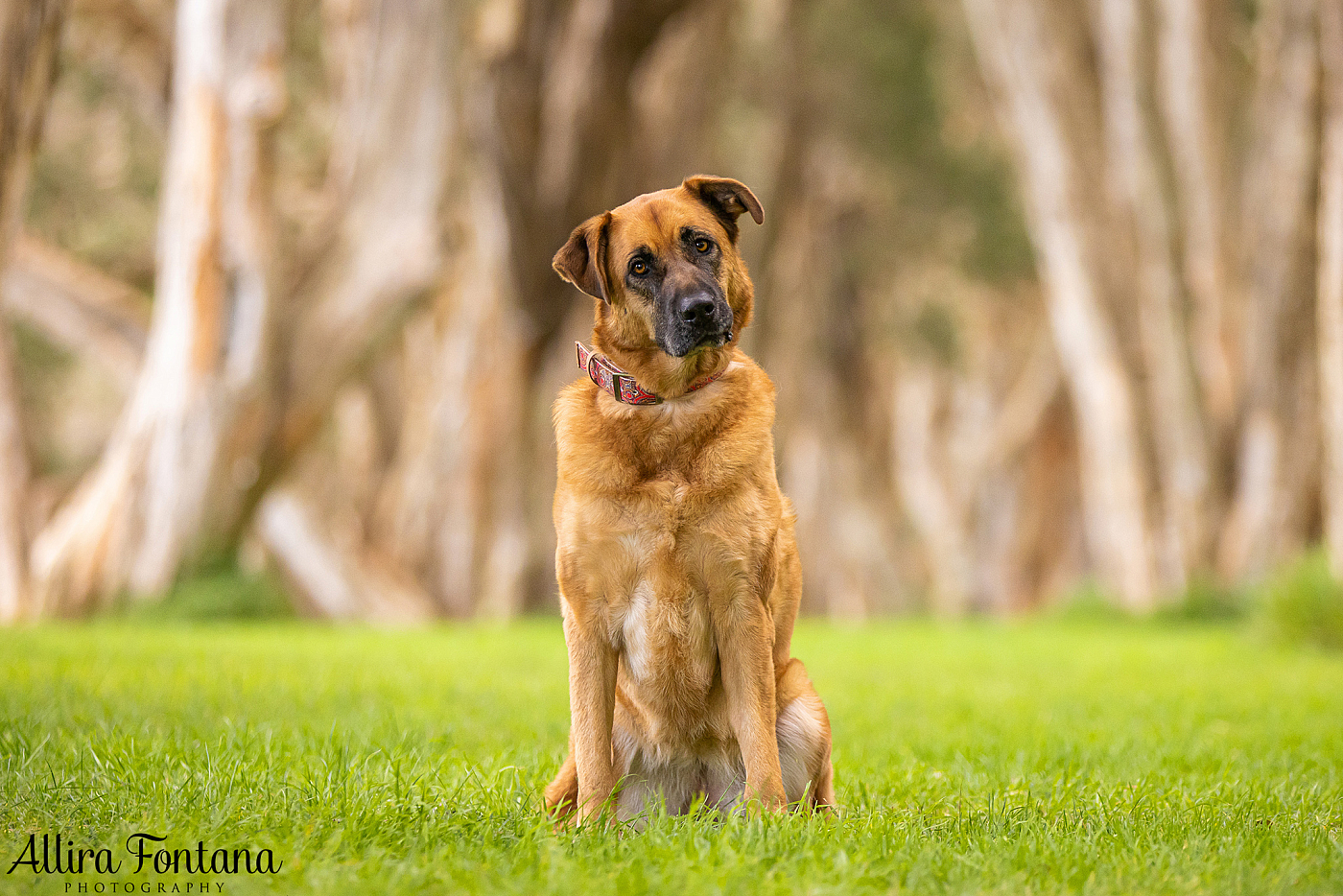
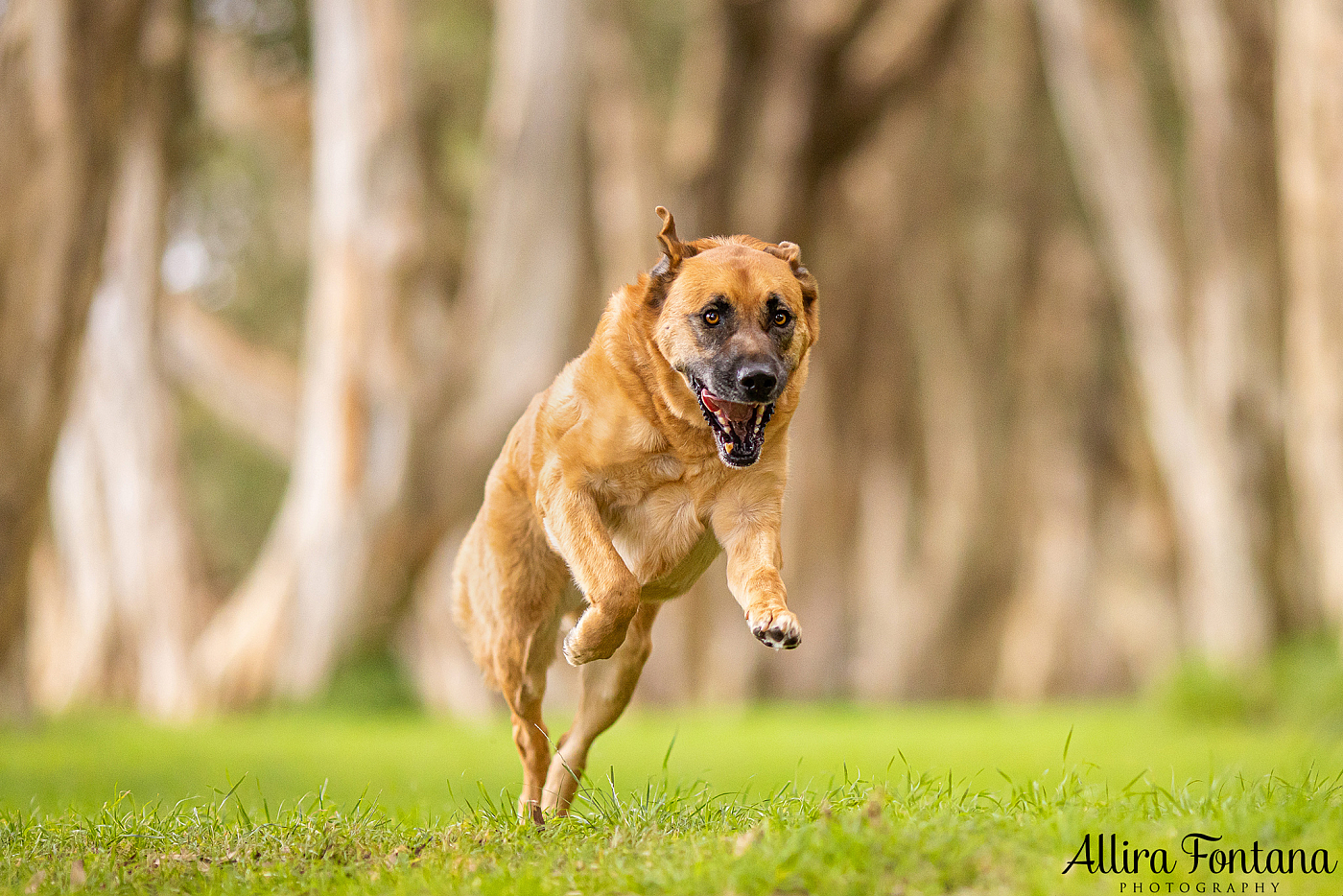
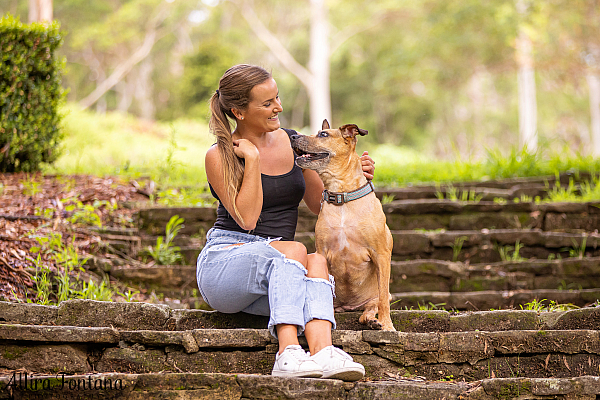
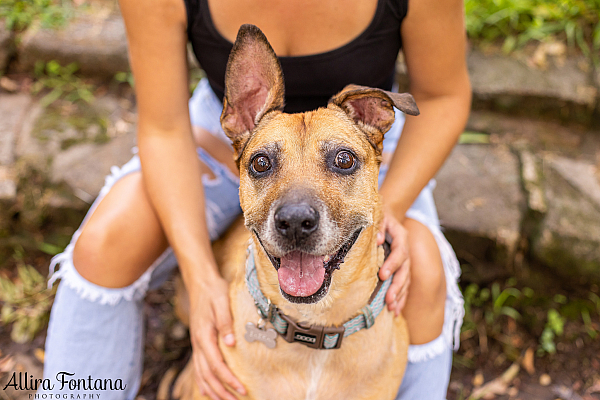
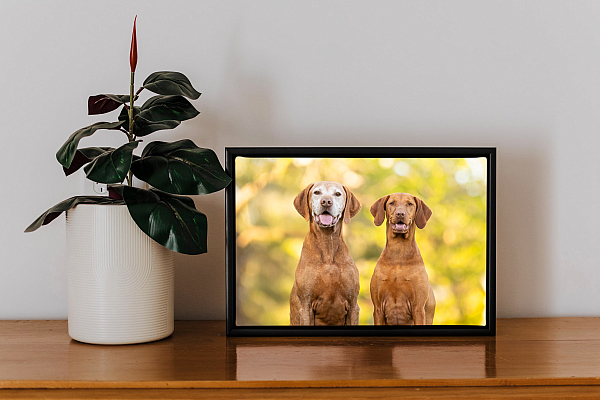
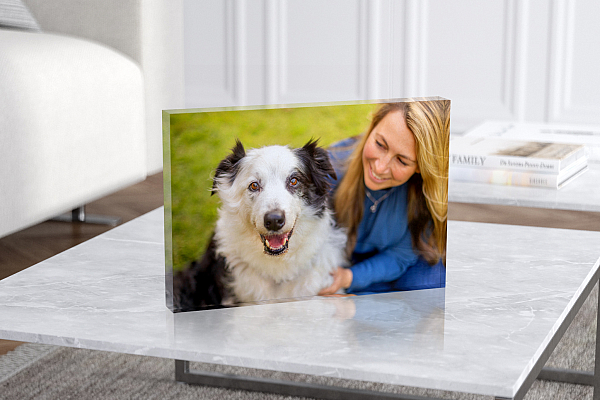


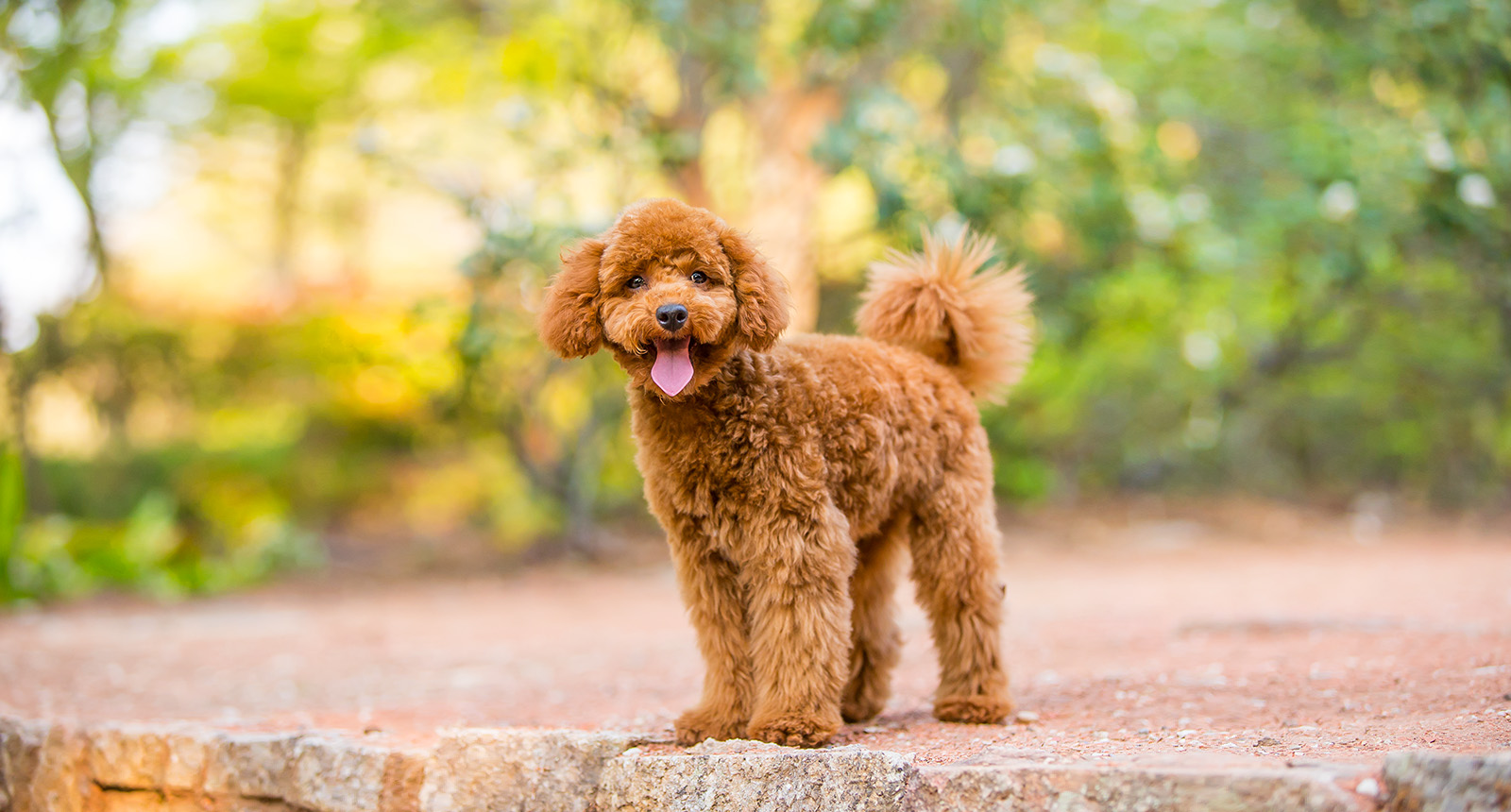
Leave A Comment
Comments